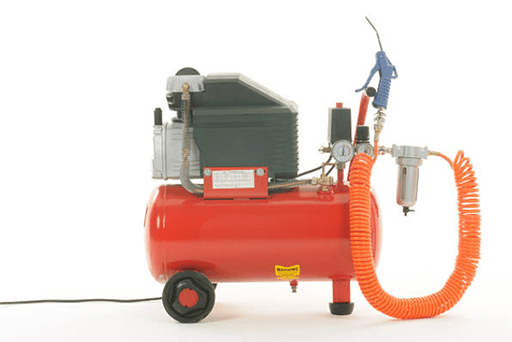
Figure 1: An air compressor.
Through the research on the use and periodic failure factors of compressors in recent years, it is known that bearing clearance, bearing oil feed hole and extremely small oil storage groove in the shaft liner position restrict the long-period operation of air compressors. By analyzing the factors in detail, we would deal with the problems in time to ensure the service life of air compressors. This article will take the 3MCL526-6 air compressor as an example. It is a 3-stage air compressor.
Parameters
Rotating speed: 10561/2983rpm
Motor power: 2800kW
3-stage outlet flow: 2000m3 /H
Exhaust pressure: 0.95MPa
The air compressor has been running for a long period of time. The frequency of the vibration of the bearing was high, and its temperature was not changed obviously. After the inspection, it was found that the bearing bush had been worn. By replacing the bearing bush, the workers adjusted and maintained the compressor to make it return to normal.
Analysis of Fault Phenomenons
Since the air compressor was put into use, there have been some faults, such as the clearance of the bearing, the bearing oil feed hole and insufficient oil storage groove in the shaft liner position, scaling in the first- and second-stage cooler, high vibration value of the 2-stage cooler, corrosion of volute and diffuser, etc.
For the pipeline of the cooler, the cooling water flowed through the outer side, and the inner side was equipped with a heat sink, causing the reverse flow of a large area of cooling water and compressed air. Although this design structure had an advantage of high heat transfer function and pollution resistance. It was because of the compact cooling structure of the air compressor cooler, and the tight arrangement of the heat transfer pipeline, as well as the thin pipe wall that the cooling water would flow very slowly.
Besides, with the warm gas, the carbonate ions tend to be combined with the calcium ions to form calcium carbonate in the hot water. Moreover, the scale was very difficult to be washed away by water, which made the dirt adhering to the wall of the pipe forming a wide range of blockage, thus affecting the heat transfer effect between coolers. As a result, the temperature of the gas rose frequently after cooling the air compressor, and it was forced to stop finally.
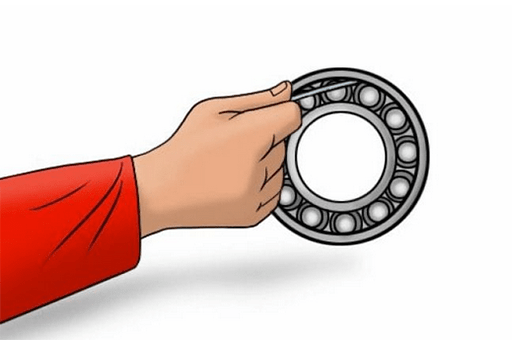
Figure 2: Checking the bearing clearance.
Causes of Restricting the Operation of the Air Compressor
The bearing clearance is narrow and unevenly distributed, the use of lubricating oil is non-compliant, resulting in the heat generated by the friction can not be taken away in time.
The oil feed hole for the intake is relatively small, resulting in the shortage of supply and demand of the oil, which leads to the heat not being taken away.
The trap inside the bushing is extremely small.
The casting of the air compressor bearing is not good enough or can not meet the Babbitt alloy grade, which leads to the failure to meet the actual production needs.
The platinum resistance testing temperature is inaccurate or damaged.
When the oil is fed into the speed increaser, the pipeline is not smooth, leading to the blockage of the filter screen, and minimal oil intake.
The bad quality of the lubricating oil which may contain water and other impurities, leading to insufficient viscosity. It affects the production of the pressure oil film and causes serious friction.
The oil with significantly high temperature raises the working environment temperature of the bearing, causing the bearing to overheat as well as the unit vibration.

Figure 3: The turbo oil feed restrictor.
Because workers cannot stop the unit during its operation, they have only verified and analyzed the last four reasons above. The platinum resistance for testing the temperature of the bearing is the double-branch type, so the display of temperature points is consistent.
Therefore, the platinum resistance is normal. Due to the temperature of the bearings besides the bearing of the speed increaser was not high, it could be concluded that the oil inlet pipeline of the speed increaser was smooth, the filter screen was not blocked and the oil intake was not small.
Finally, by comprehensively analyzing the quality of the lubricating oil, it was found that the content of moisture and impurities met the requirements. And by decreasing the water in the cooler of the air compressor, the temperature of the oil is controlled within the standard as well as the vibration of the unit. So all these faults were eliminated.
Inspections
Bearing Wear Check
After removing the journal bearing of the air compressor, it was known that the bearing was a four oil wedge and two-way structure. The Babbitt alloy layer of the upper part of the air compressor bearing was worn, and the groove of an oil wedge was seriously blocked, causing temperature increase.
To troubleshoot it, this part of the groove should be expanded, and the bearing surface should be fine ground, so as to ensure sufficient oil drainage, and take away the corresponding heat in the process.

Figure 4: The bearing was seriously worn.
Bearing Clearance Inspection
Through measurement, the workers found that the clearance at the top of the bearing reached 11μm, which was obviously smaller than the allowable range of 13.5 ~ 18μm in normal use. And the clearance of the bearing side was basically zero, but the normal range is 6.65 ~ 9μm. Both the two clearances were smaller than the standard value provided by the manufacturer.
In this way, it could be judged that during the first two months of the operation, the bearing clearance must be smaller than the measured value. So it can be explained that in the first two months, the temperature was higher than the other three bearing points and was basically caused by the small clearance. After two months of use, because of the bad protection effect of the oil film, the serious wear of the bearing causes the groove to shrink, and gradually be blocked. So the temperature of the bearing went up.
Check the Throttle Hole on the Bearing
By using the compressed air, the workers took purge measures to the oil feed and the throttle hole of the high-speed shaft end, and there was no blockage. After that, the diameter of the throttle hole was recalculated, and the oil intake met the requirements.
Conclusion
After the inspection and treatment, the temperature of the journal bearing at the load end of the high-speed shaft was 72°C, which was basically the same as the temperature of the other three bearings except the bearing of the speed increaser. So far, it has been relatively stable, and the bearing temperature has not risen again.
Related Info
7 Reasons Why an Air Compressor is Overheating - Causes & SolutionsHow to Prevent Air Compressor High Oil Consumption
Air Compressor Troubleshooting and Solutions

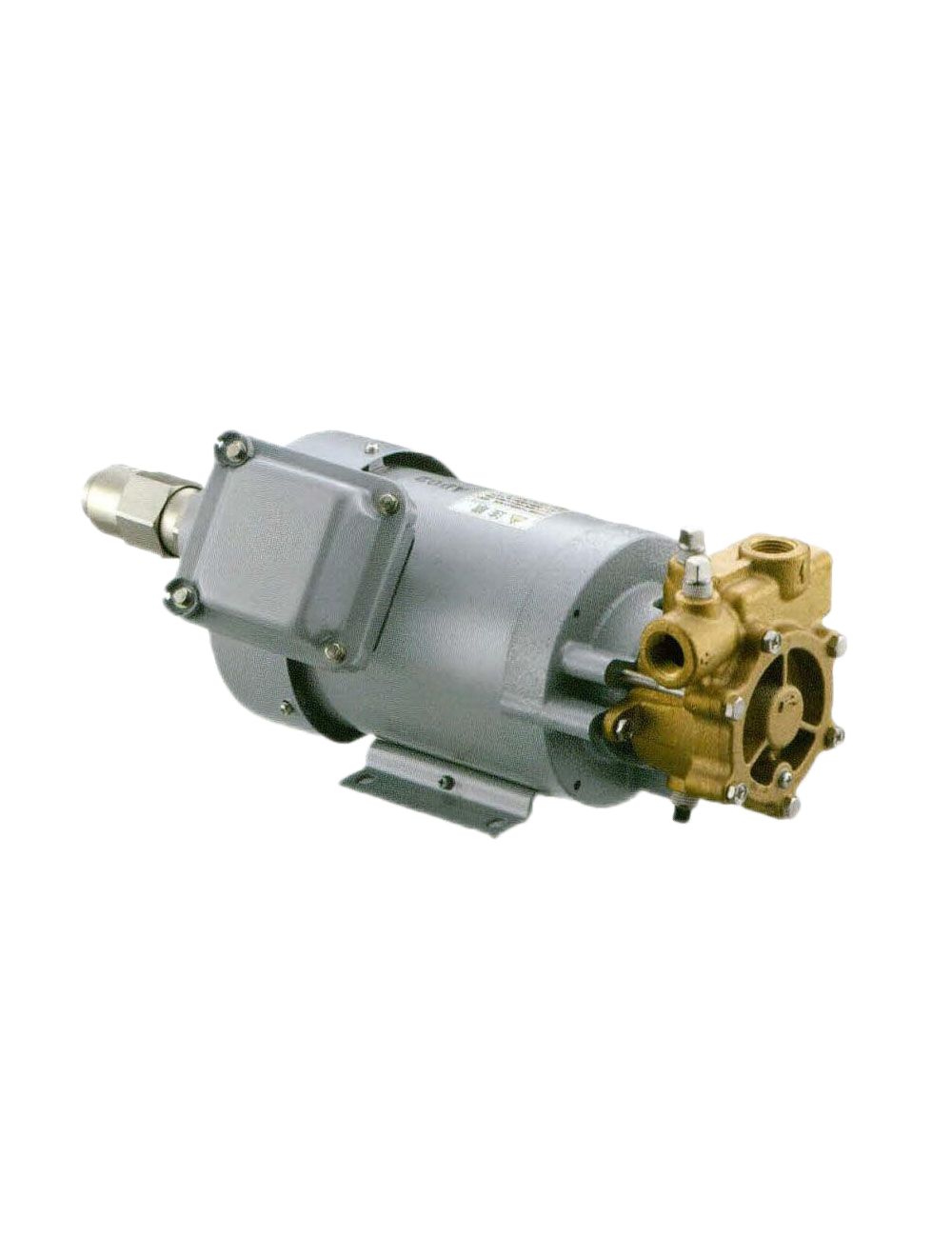

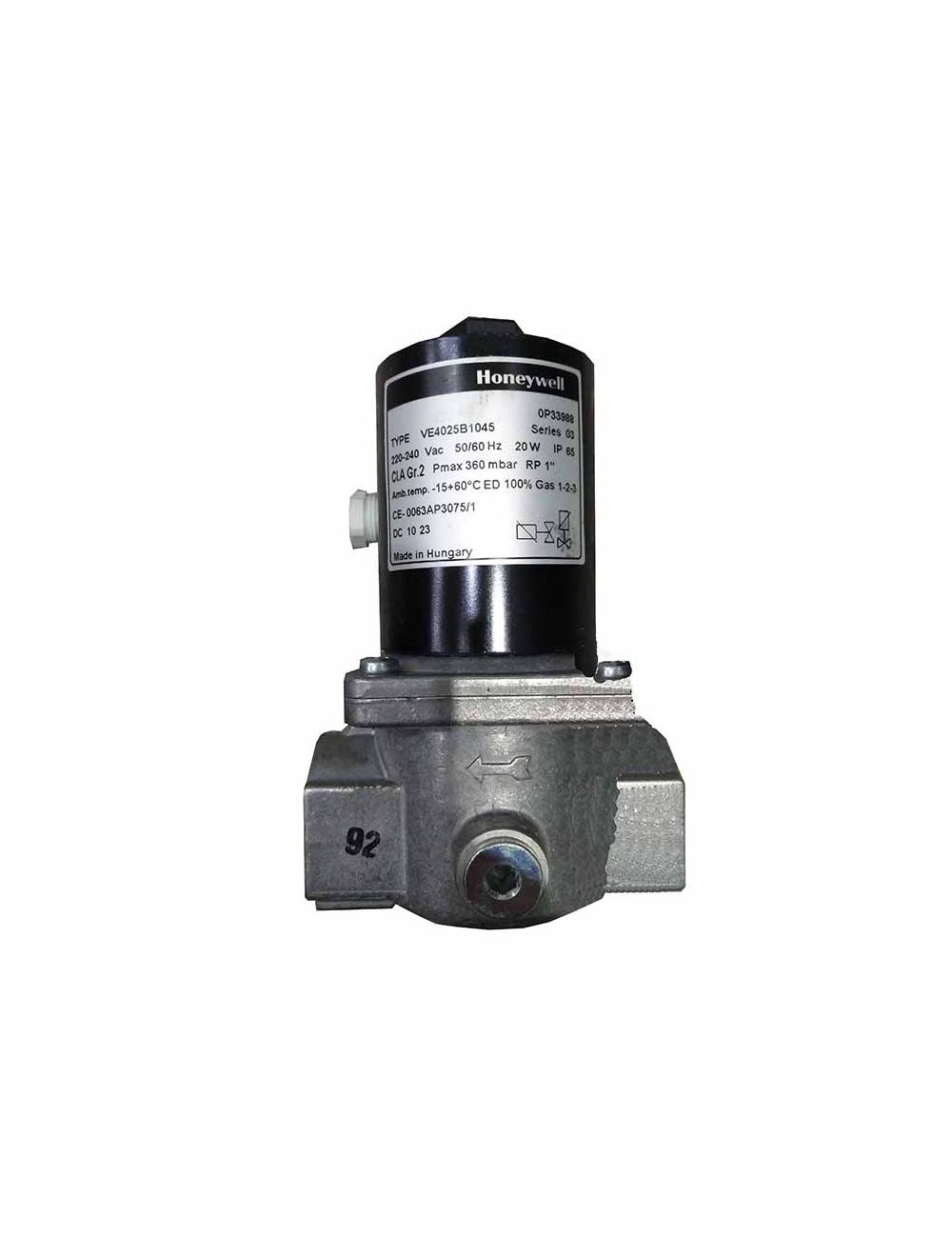
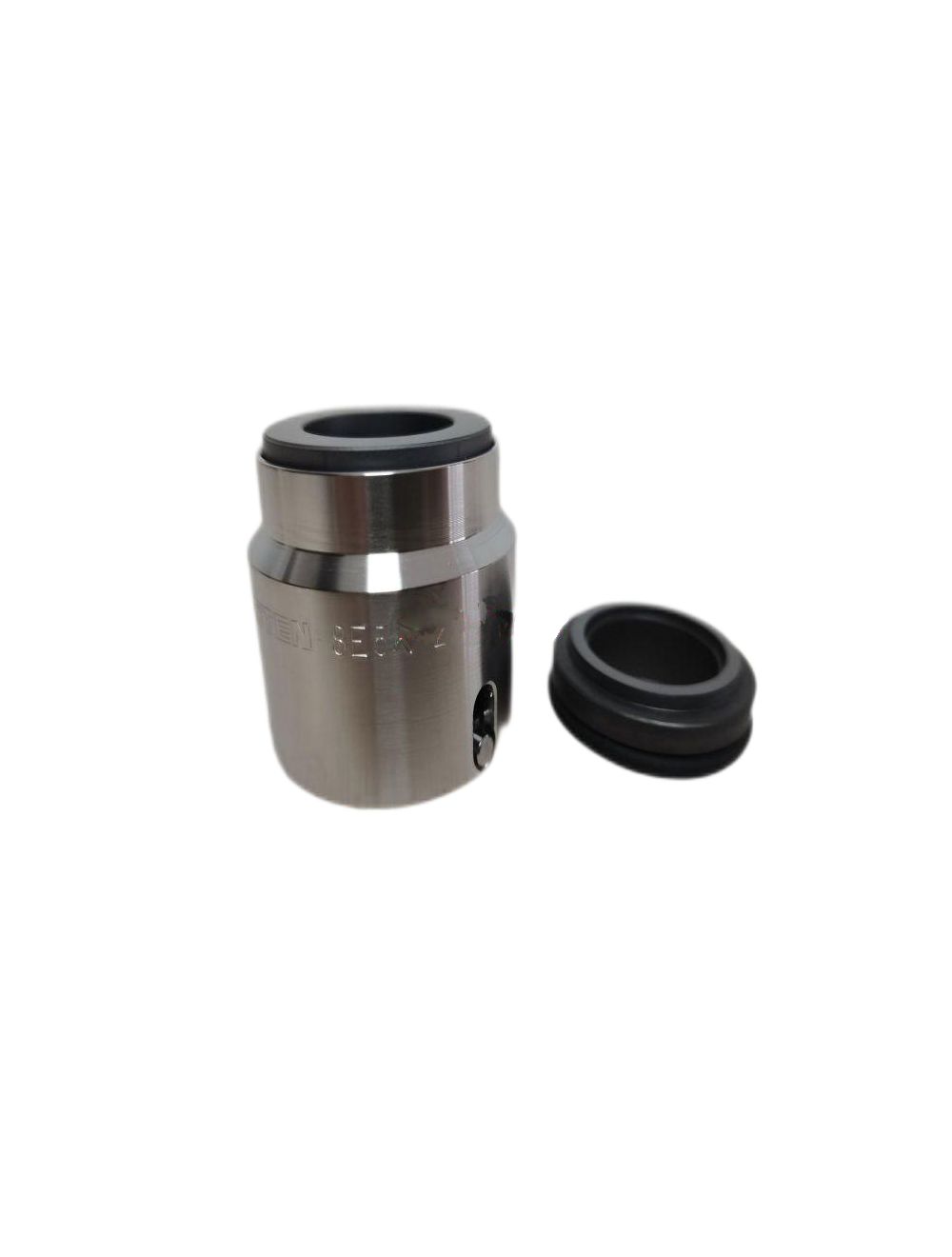


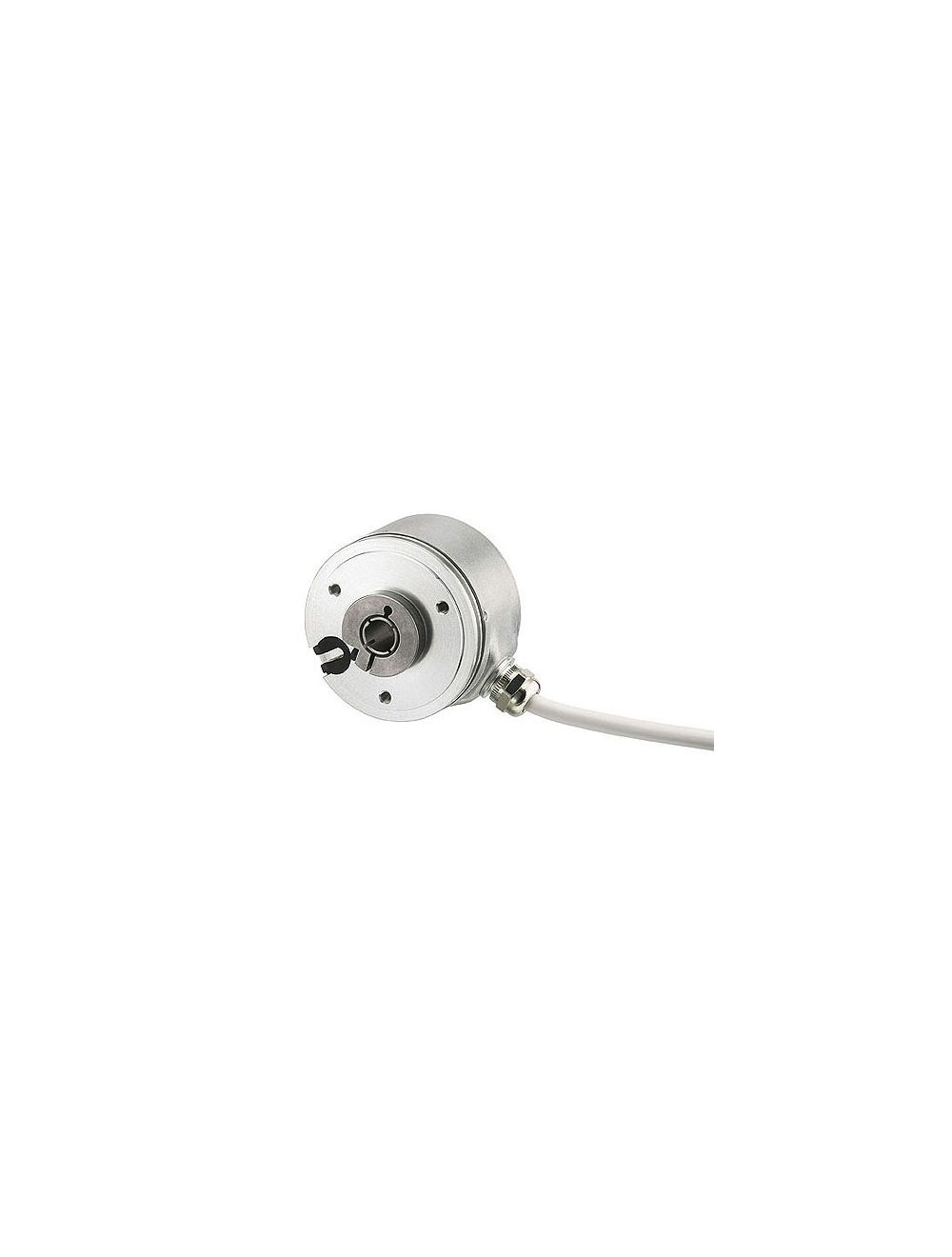
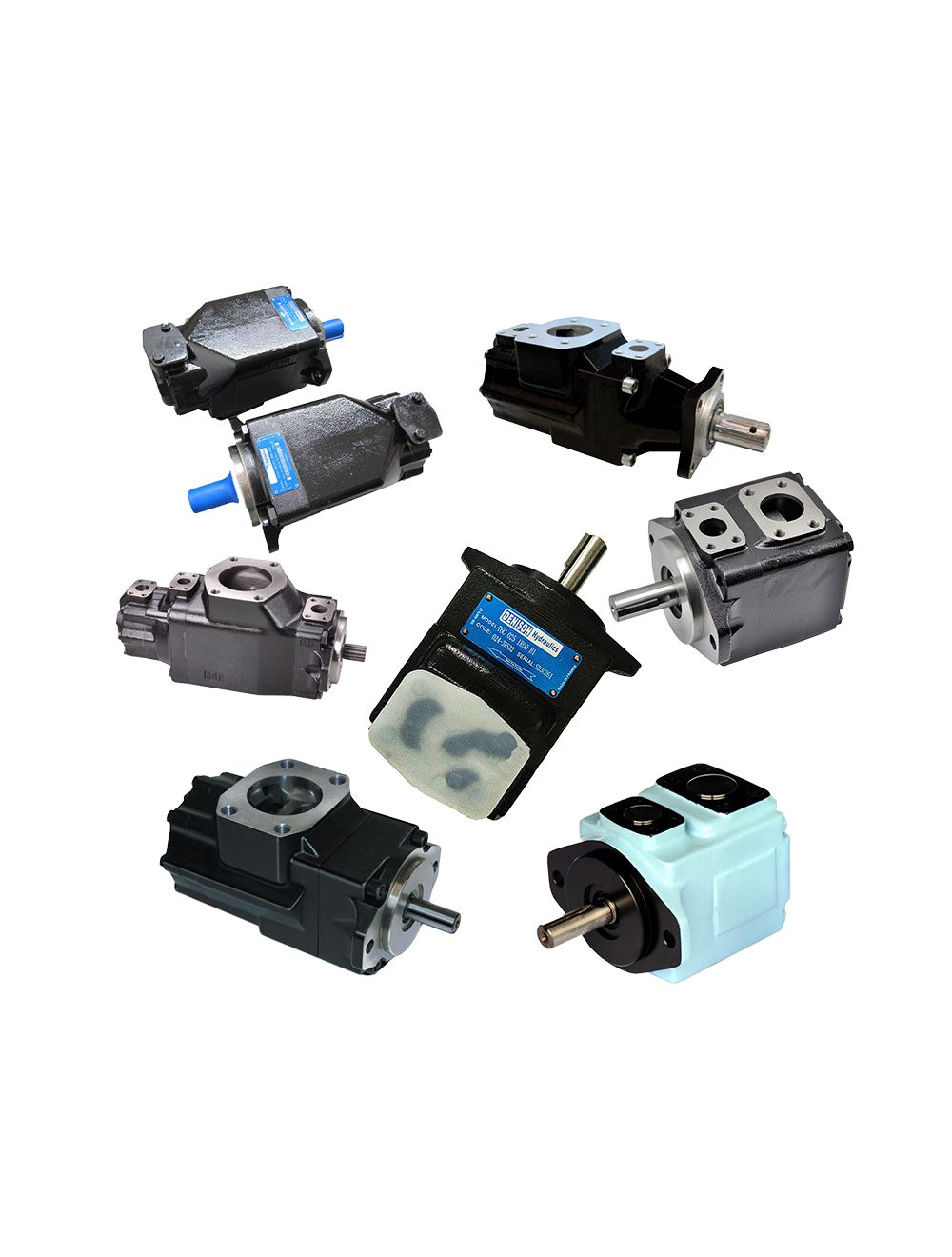
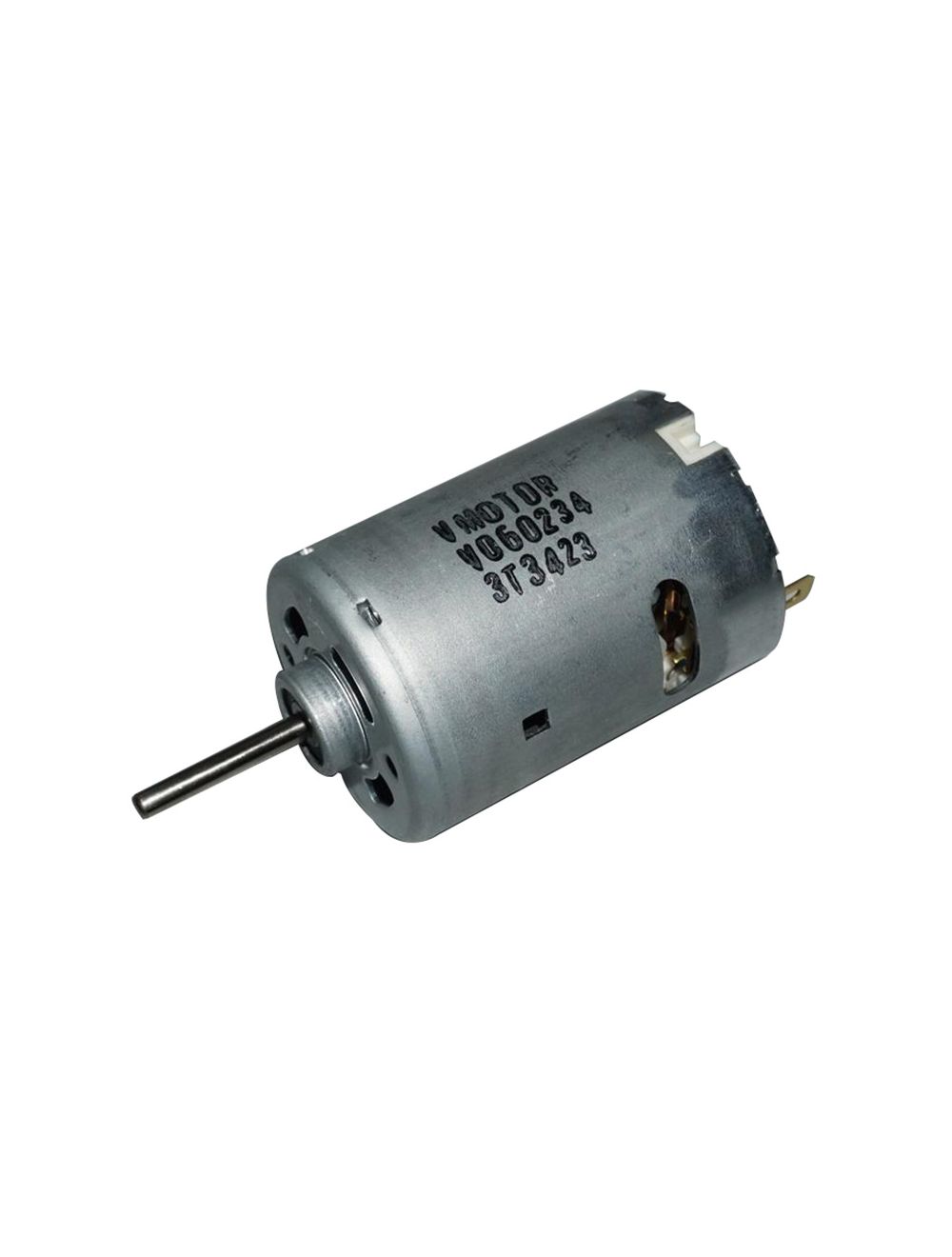
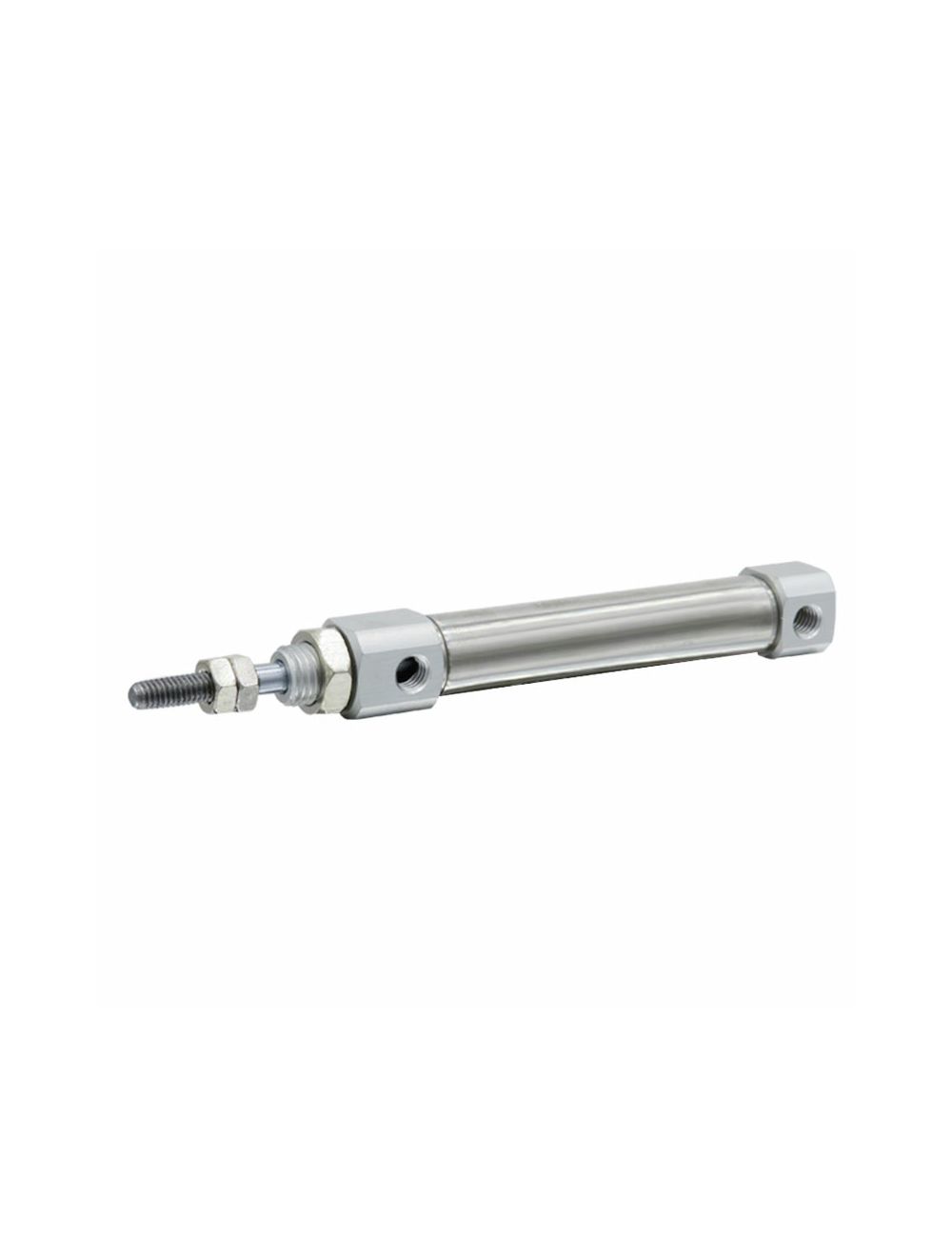
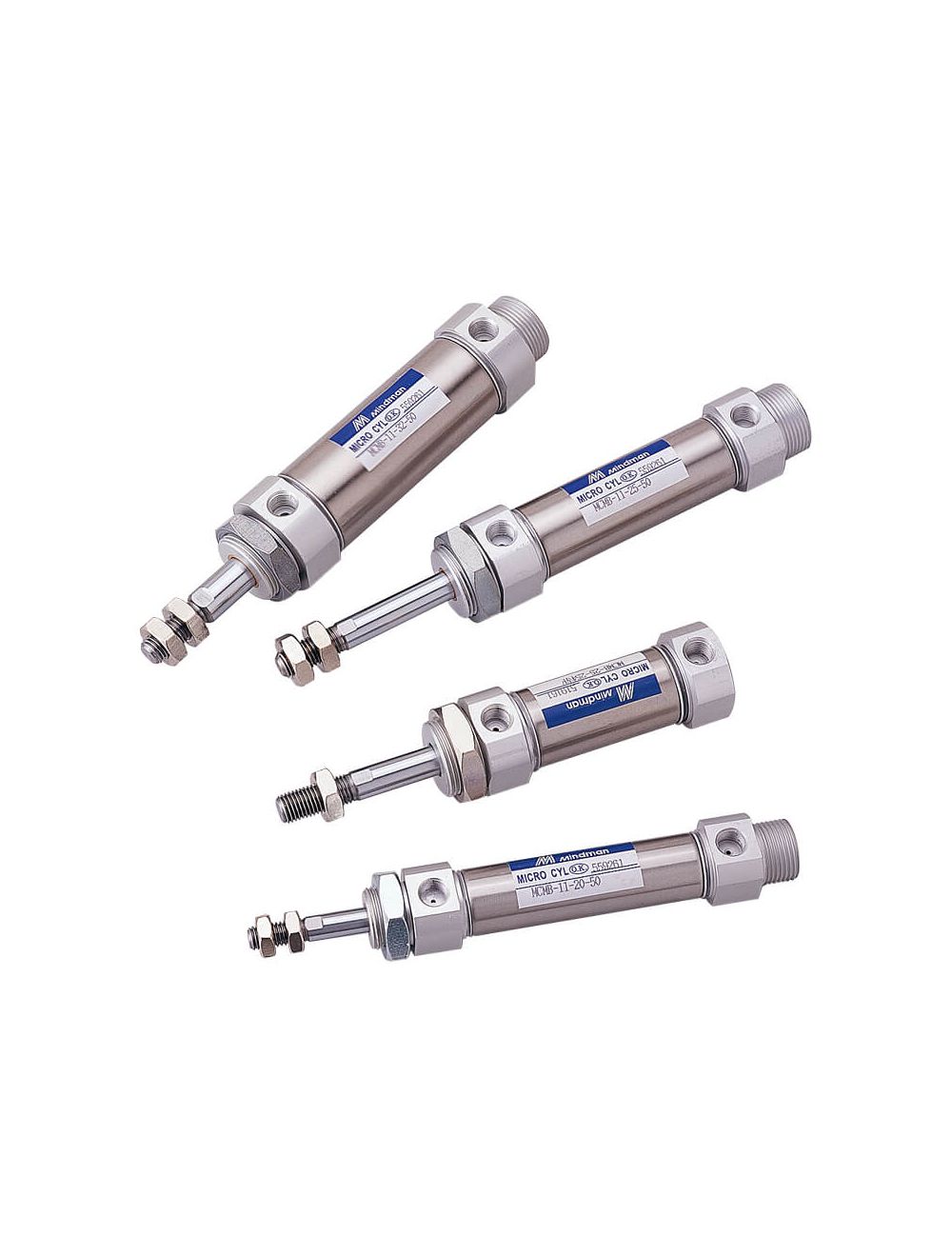

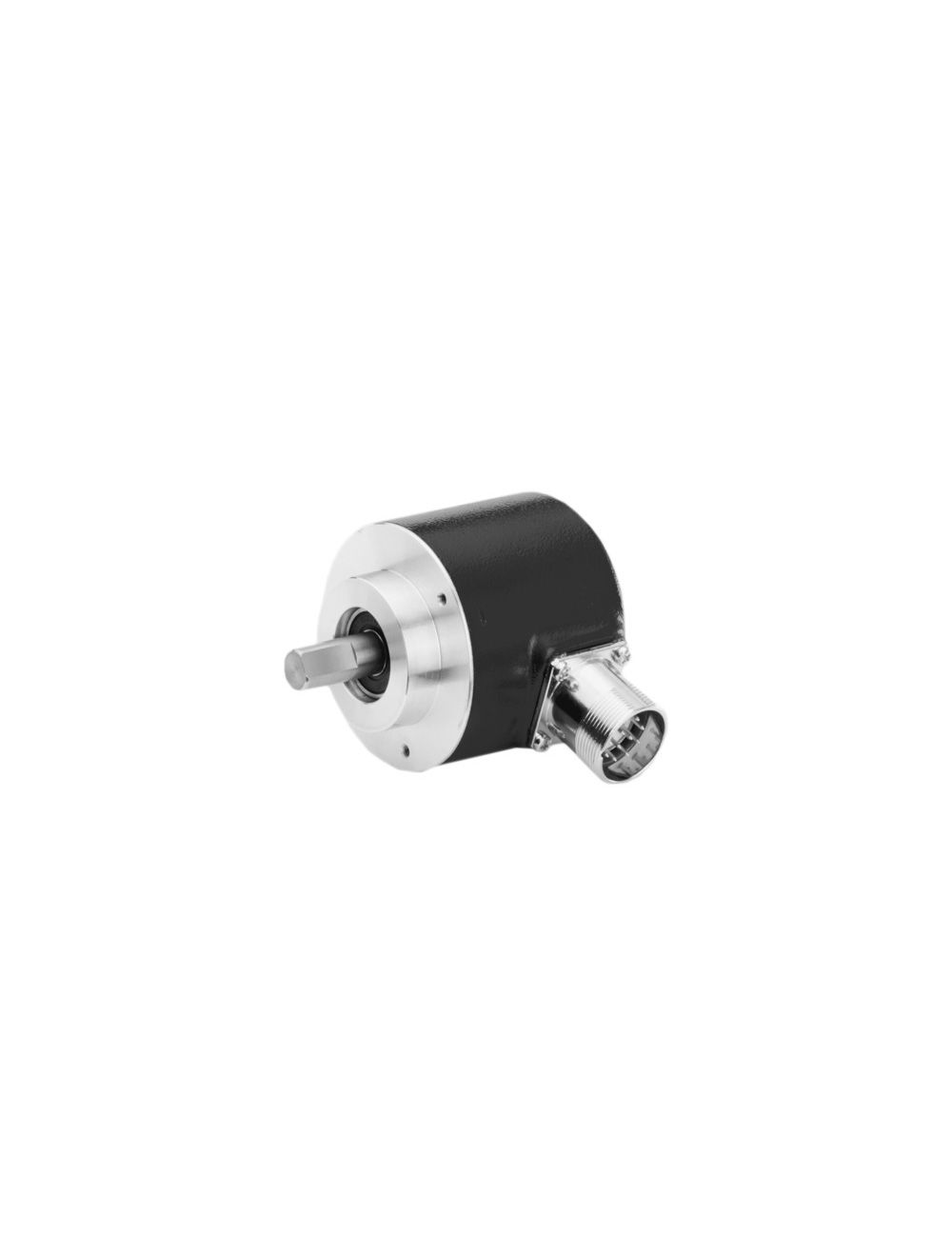
/AirTAC-Air--Pneumatic-Cylinder-SCJ32X75-75S--Standard--Pneumatic-Cylinder(Adjustable-stroke-type).jpg)